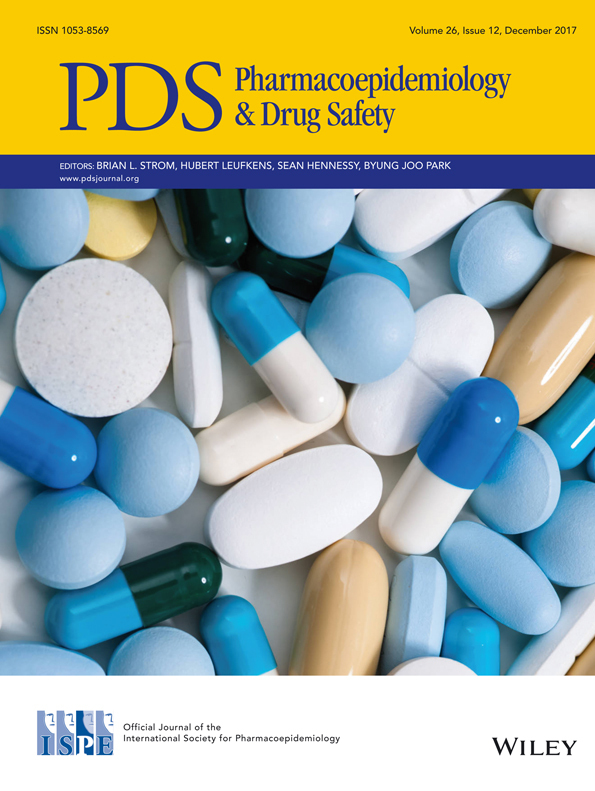Comparison of the ability of double-robust estimators to correct bias in propensity score matching analysis. A Monte Carlo simulation study
Abstract
Objective
As covariates are not always adequately balanced after propensity score matching and double- adjustment can be used to remove residual confounding, we compared the performance of several double-robust estimators in different scenarios.
Methods
We conducted a series of Monte Carlo simulations on virtual observational studies. After estimating the propensity scores by logistic regression, we performed 1:1 optimal, nearest-neighbor, and caliper matching. We used 4 estimators on each matched sample: (1) a crude estimator without double-adjustment, (2) double-adjustment for the propensity scores, (3) double-adjustment for the unweighted unbalanced covariates, and (4) double-adjustment for the unbalanced covariates, weighted by their strength of association with the outcome.
Results
The crude estimator led to highest bias in all tested scenarios. Double-adjustment for the propensity scores effectively removed confounding only when the propensity score models were correctly specified. Double-adjustment for the unbalanced covariates was more robust to misspecification. Double-adjustment for the weighted unbalanced covariates outperformed the other approaches in every scenario and using any matching algorithm, as measured by the mean squared error.
Conclusion
Double-adjustment can be used to remove residual confounding after propensity score matching. The unbalanced covariates with the strongest confounding effects should be adjusted.




